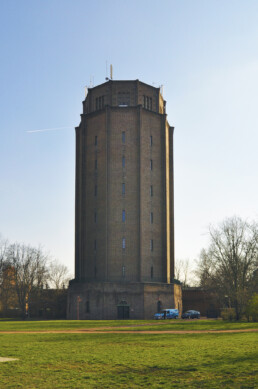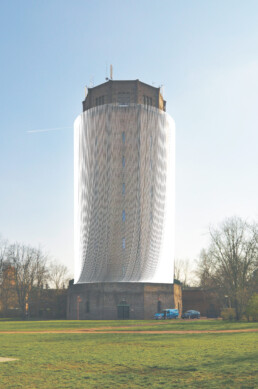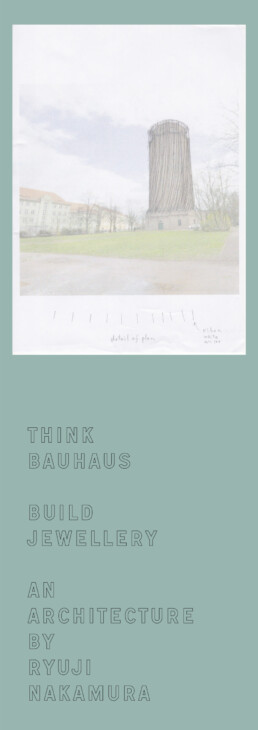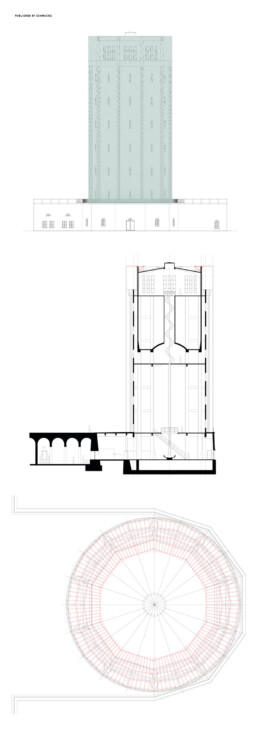21
2019
The historic Bauhaus, which celebrated its 100th anniversary in 2019, is recognized today as the most influential educational institution in the field of architecture, art and design of the 20th century. The Bauhaus Manifesto, written by Gropius in April 1919, articulates the objectives of the Bauhaus, which include among others “to unite architecture with art and design in the service of man as a social being” (W. Franks). Within this document, Gropius describes The Building as “the ultimate goal of all visual arts” ensuing that “the ornamentation of the building was once the loftiest task of all visual arts, as they were indispensable parts of great architecture. Today the arts exist in isolation, from which they can be rescued only through the conscious, cooperative effort of all craftspeople.”
The project “Think Bauhaus. Building Jewellery in Architecture” sought a contemporary interpretation of Gropius’ way of thinking. In so doing, the project was in no way about decorating a building devoid of consideration of its architecture; rather, it was much more about a visionary interpretation of the concept of jewellery in architecture following the idea of Bauhaus and its relevance in our present time.
A project inspired from an idea developed by SCHMUCK2, was originally designed for the parking garage and water tower in Halle, as well as the Deaconess Motherhouse “Neuvandsburg” in Elbingerode (Harz), in cooperation with the Saxony-Anhalt Arts Foundation. It was presented in two competitions by the Saxony-Anhalt Arts Foundation. Ultimately the design “Reif“ created by the Japanese architect Ryuji Nakamura remained unrealized.
Within the program “Bauhaus – Open End” at the Goethe Institute Tokyo a public talk was held with Torsten Blume (Researcher, Bauhaus Dessau Foundation) + Toshimasa Sugimoto (Architectural Historian, University of Hiroshima) + Ryuji Nakamura (Architect). Moderated by Susan Pietzsch.
© Photo/Rendering by Ryuji Nakamura + Posters from the publication Think Bauhaus. Build Jewellery in Architecture
The water tower in Halle South was built in 1927-29 by Wilhelm Jost and Oskar Muy (Wayss & Freytag). Although it is a water tower where people usually don’t stay for a longer time the building has decorative features like for example, a reinforced concrete structure covered with bricks, or inside the tower a decorative pendant light, even a water fountain. Expressionism and functionalism coexisted in early Bauhaus architecture, as can be seen in the tower. For the project “Think Bauhaus. Building Jewellery in Architecture”, Japanese architect Ryuji Nakamura planned a covering of the tower with silk ribbons symbolizing decoration. The ribbons were to cover the entire building, similar to the works of Christo and Jeanne-Claude or even a dressed person. The cylindrical shape is inspired by the dance costumes designed by Oskar Schlemmer. The water tower covered with the ribbons creates a chance to reaffirm the sense that ordinary appearance of the water tower gives to the people of the city.
„Reif“ by Ryuji Nakamura and Associates 2019 (φ20.50m H33.85m – Unbuilt)




